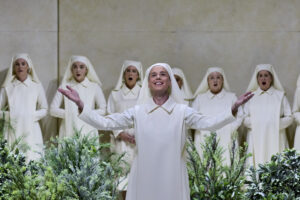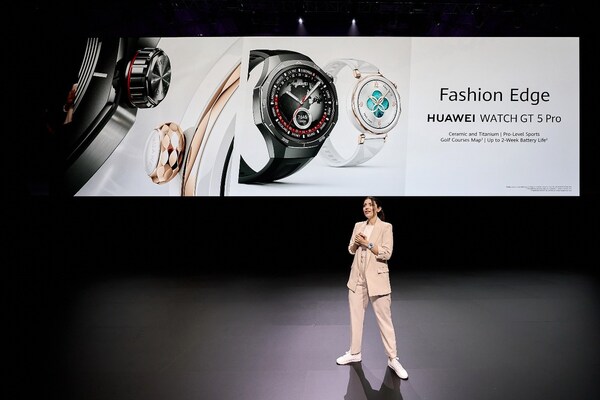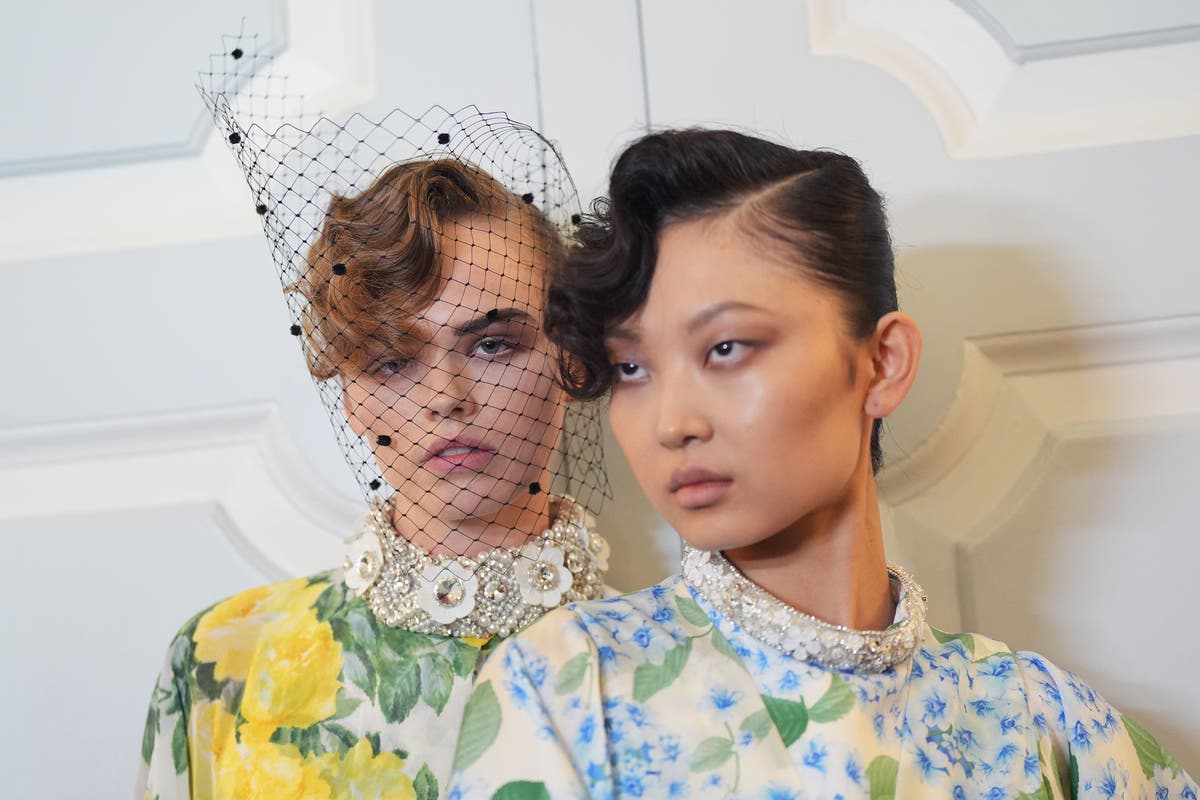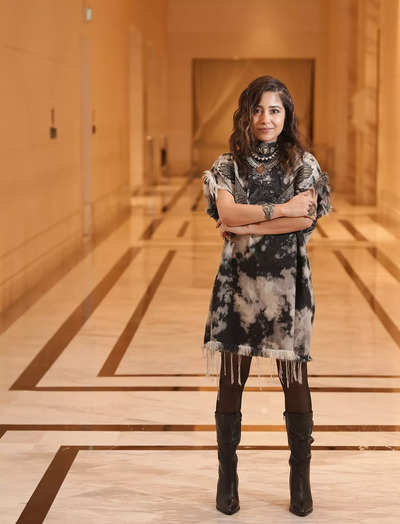It is considerably to Puccini’s credit that with “Il trittico,” which premiered at the Met in 1918, he found three strikingly contrasting storylines for an idea that he had contemplated over many years: an evening of three One Act operas. It is interesting to consider the ideas he rejected. At one time it seemed to be an evening of operas based on Gogol, for Chaliapin was considered.
With the final configuration of “Il trittico,” Puccini found the perfect balance, with something melodramatic, something pious, and something funny—even if two of the operas run the risk of appearing dated to a modern audience on the basis of their subject matter. Opera Australia’s new production of “Il trittico,” which premiered July 3, saw the three works directed by three different Australian directors: Constantine Costi (“Il Tabarro”), Imara Savage (“Suor Angelica”), and Shaun Rennie (“Schicchi”). Russian-American conductor, Lidiya Yankovskaya, conducted all three works, and sets and costumes were by Australian designer Michael Hankin.

There was something very refreshing about having a new energy, impulse, and drive at the start of each of the evening’s three hours, and this was as much due to the vision of the three different directors as Puccini’s choice of subject matter. The musical performances, under Yankovskaya’s direction, were of consistently high quality. The evening opener, “Il tabarro,” could be described as Grand Guignol, in honor of the Parisian theater that, in the early 20 th century, specialized in lurid and seedy presentations of a sort we might not so eagerly flock to now.
Stevedore Luigi (Russian-American tenor Viktor Antipenko ) is in love with Giorgetta (Australian soprano Olivia Cranwell ), wife of Seine River barge-owner Michele (Australian baritone Simon Meadows ). When Luigi arrives for an assignation in response to the light of Michele’s struck match, thinking it is Giorgetta’s signal that the coast is clear, he is murdered. The body of her lover is a grisly surprise for Giorgetta.
Musically this might be Puccini’s most impressionistic score. In Yankovskaya’s hands it was superbly suggestive of a fog-bound river at end-of-shift. Diaphanous chords morphed smoothly into each other; there was a lively core to the sound even in the pianissimo of each of the opening pizzicatos in the bass.
The singing of Antipenko and Cranwell was exhilarating. Meadows in particular created a vivid characterization out of a part that might not be as overtly melodic as other Puccini creations. Australian contralto Angela Hogan shone as Frugola, the wife of one of the other stevedores.
This was the first of three parts she would play in the night. The revelation of the evening was “Suor Angelica,” an opera based on librettist Giovacchino Forzano’s one-act play for women set in a convent. Puccini’s sister Iginia and her sister nuns at the convent of St.
Nicolao at Vicopelago may have wept when Puccini played them music for Angelica, who risks damnation when she kills herself upon learning of the death of the child whose birth consigned her to a nunnery to begin with. But modern audiences might have a hard time being convinced by such a story, particularly the idea that Angelica is mercifully forgiven at the end and blessed with a vision of her child. But Savage’s production impressed with its matter-of-factness, symbolized early on by the marching-in of the community of nuns, clip-clopping across the stage in their sensible shoes, and also by the beautiful simplicity of the set.
Angelica’s garden of medicinal plants formed a verdant rectangle planted in the middle of the grey walls of the nun’s austere, cool surroundings. There was a moving use of soil as a symbol. It was a highly-charged, economical design from Hankin, but done in such a way that, as the story neared its conclusion, Verity Hampson’s lighting of the whole set in green carried immense significance as we saw the miracle of Angelica’s dying vision of her boy.
Australian soprano Lauren Fagan’s delivery of the part of Angelica might conceivably be considered the centerpiece of the evening, while Hogan was rivetingly cold and austere as the Principessa, the relative who comes to advise Angelica to renounce all claims to her inheritance. Particularly chilling was the moment when Hogan reached into her valise to retrieve the ashes of the child whose death she had just announced to Angelica. Forzano conceived the plot of the evening’s third opera, “Gianni Schicchi,” from just three lines in Dante’s “Divine Comedy.
” These concern the schemer Schicchi, condemned to Hell for impersonating the deceased Florentine Buoso Donati and falsifying Donati’s will to his own advantage, thereby defrauding the Donati clan who were reluctant to enlist his services to begin with. With “Gianni Schicchi,” Puccini created one of the greatest ensemble pieces in the operatic repertoire. The audience on July 3 loved Rennie’s production, judging from the laughter, and there really were some great sight gags.
But Puccini’s ensemble is quite individuated, and perhaps the performance might have profited from quieter, more detailed delineation of differences in the parts. Australian tenor Tomas Dalton had quite a gap to bridge between broad comedy and the sincere lyricism of his “Firenze è come un albero fiorito,” a spirited defense of newcomers like Schicchi who replenish Florence with their presence. And maybe Australian-Mauritian soprano Stacey Alleaume, in her third role of the night–the others being Young Lover in “Il Tabarro” and Sister Genovieffa in “Suor Angelica”–despite the showstopping beauty of her vocal delivery, had to work hard against the comedy to make heard her heartfelt plea to her father, Schicchi, not to walk out on her intended fiancé’s family in “O mio babbino caro.
” Meadows, returning to the stage to portray a cock-sure and scheming Schicchi, was perhaps the most successful characterization. All in all, it is an enjoyable presentation of one of the more unusual formats in the operatic repertoire, and immensely satisfying to see three different ‘takes’ over the course of an evening. Categories.



















